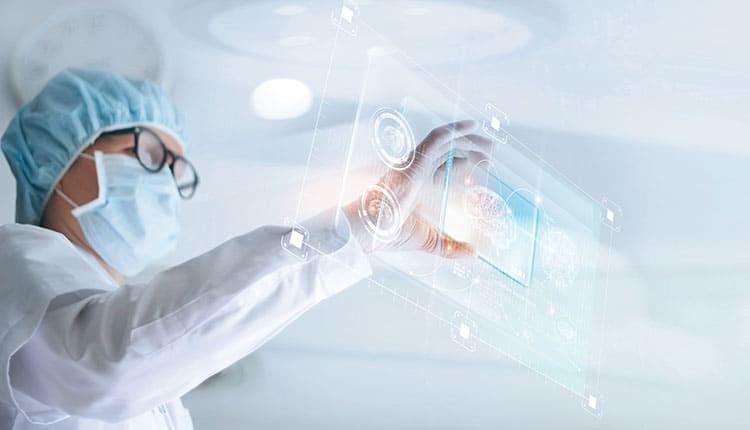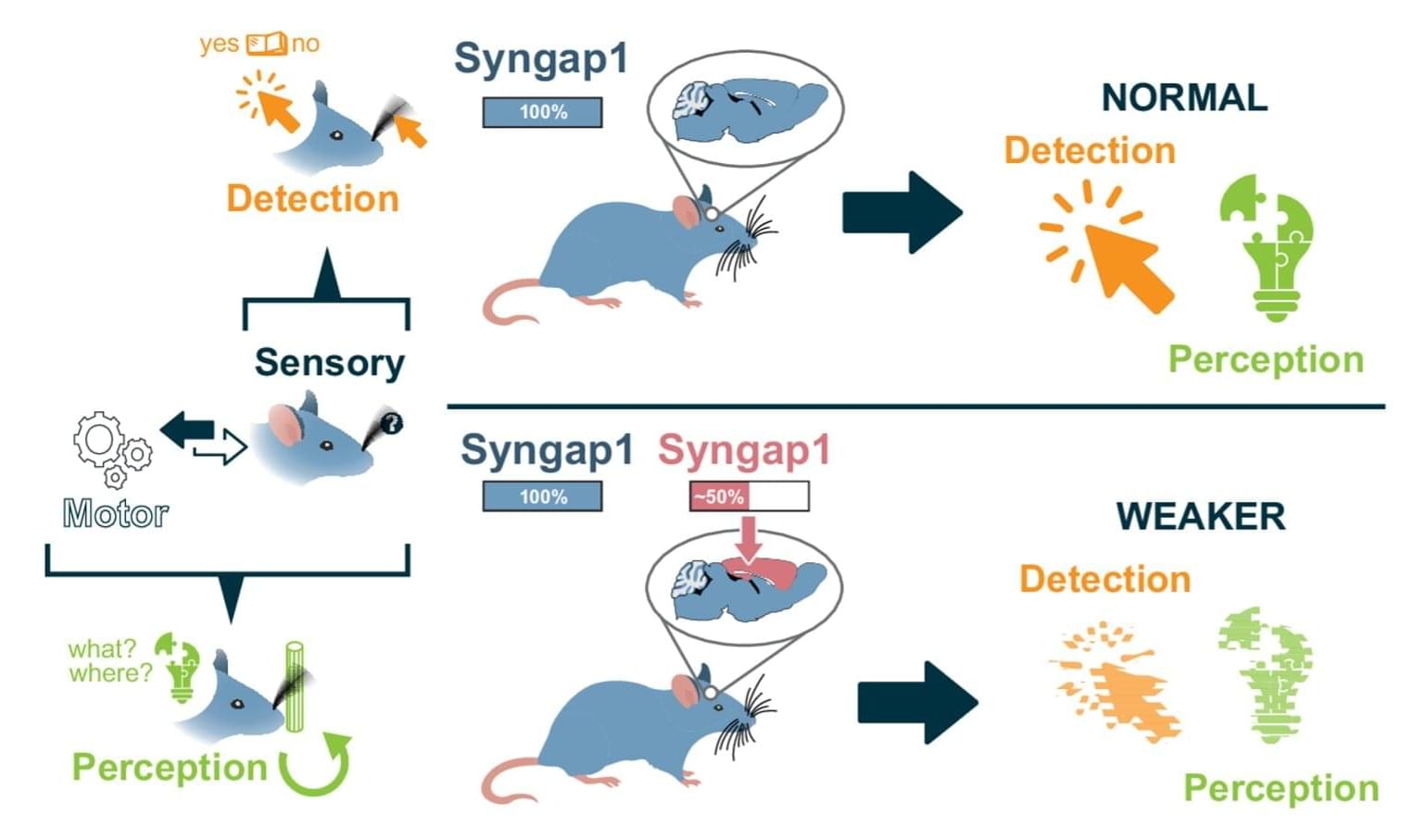OpenAI CEO Sam Altman has laid out a roadmap for the company’s new AI models, GPT-4.5 and GPT-5.



Silicon Valley-based robotics startup Figure AI is in talks to raise a massive $1.5 billion round at a $39.5 billion valuation, Bloomberg reports.
That’s a whopping 15 times higher than Figure’s $2.6 billion post-money valuation for its $675 million Series B last year. Figure’s current round is expected to be led by Align Ventures and Parkway Venture Capital, Bloomberg reported.
Figure builds humanoid robots for commercial and residential purposes. Humanoid robots are all the rage thanks to the AI boom: Austin-based Apptronik just raised $350 million while Meta is reportedly looking to get into robotics, too.

Elon Musk revives discussion on Mars colonization with a viral AI-generated video, amassing over 46 million views, showing an advanced Martian city. Originally predicted for 2024–2025, Musk’s vision includes direct democracy for Mars governance. The video sparked a mix of curiosity and criticism, especially regarding the absence of natural greenery.

A new study shows that the cerebral cortex predicts the future by detecting novel stimuli and forming short-term memory traces called “echoes.” This mechanism, confirmed through neural network modeling, plays a key role in perception and learning.
The cerebral cortex is the largest part of a mammal’s brain and plays a crucial role in various cognitive functions. In humans, it is responsible for perception, thought, memory storage, and decision-making. One hypothesis suggests that the cortex’s primary function is to predict future events by processing new sensory information and comparing it to prior expectations.
A newly published study in Neuron provides significant evidence supporting this hypothesis. The research, led by Yuriy Shymkiv, a postdoctoral fellow in Professor Rafael Yuste’s lab, marks a major step forward in understanding the predictive role of the cortex.


Artificial Intelligence (AI) is revolutionizing industries globally, and medical education is no exception. For a nation like India, where the healthcare system faces immense pressure, AI integration in medical learning is more than a convenience, it’s a necessity. AI-powered tools offer medical students transformative benefits: personalized learning pathways that adapt to individual knowledge gaps, advanced clinical simulation platforms for risk-free practice, intelligent tutoring systems that provide immediate feedback, and sophisticated diagnostic training algorithms that enhance clinical reasoning skills. From offering personalized guidance to transforming clinical training, chatbots and digital assistants are redefining how future healthcare professionals prepare for their complex and demanding roles, enabling more efficient, interactive, and comprehensive medical education.
Personalized learning One of AI’s greatest contributions to medical education is its ability to create and extend personalized learning experiences. Conventional methods, on the other hand, often utilize a one-size-fits-all approach, leaving students to fend for themselves when they struggle. AI has the power to change this by analyzing a student’s performance and crafting study plans tailored to their strengths and weaknesses. This means students can focus on areas where they need the most help, saving time and effort.

The SYNGAP1 gene, which supports the production of a protein called SynGAP (Synaptic Ras GTPase-Activating Protein), is known to play a key role in supporting the development of synapses and neural circuits (i.e., connections between neurons). Mutations in this gene have been linked to various learning disabilities, including intellectual disabilities, speech and language delays, autism spectrum disorder (ASD), and epilepsy.
Researchers at the Herbert Wertheim UF Scripps Institute for Biomedical Innovation & Technology recently carried out a study aimed at better understanding the genetic mechanisms via which the SYNGAP1 gene contributes to healthy cognitive function. Their findings, published in Nature Communications, suggest that the autonomous expression of this gene in the cortical excitatory neurons of mice promotes the animals’ cognitive abilities via the assembly of long-range neural circuits integrating sensory and motor information.
“Our paper builds on our ongoing research into how major risk genes for mental health disorders, including autism, regulate brain organization and function,” Gavin Rumbaugh, senior author of the paper, told Medical Xpress. “The field knows the major risk genes that directly contribute to cognitive and behavioral impairments that lead to diagnosable forms of autism and related neuropsychiatric disorders in humans.

Shubham is a passionate tech enthusiast whose world revolves around smartphones and gadgets. His love for gizmos and gaming is plausible. Beyond his t… View More
End of Article.

The words “optimal” and “optimize” derive from the Latin “optimus,” or “best,” as in “make the best of things.” Alessio Figalli, a mathematician at the university ETH Zurich, studies optimal transport: the most efficient allocation of starting points to end points. The scope of investigation is wide, including clouds, crystals, bubbles and chatbots.
Dr. Figalli, who was awarded the Fields Medal in math that is motivated by concrete problems found in nature. He also likes the discipline’s “sense of eternity,” he said in a recent interview. “It is something that will be here forever.” (Nothing is forever, he conceded, but math will be around for “long enough.”) “I like the fact that if you prove a theorem, you prove it,” he said. “There’s no ambiguity, it’s true or false. In a hundred years, you can rely on it, no matter what.”
The study of optimal transport was introduced almost 250 years ago by Gaspard Monge, a French mathematician and politician who was motivated by problems in military engineering. His ideas found broader application solving logistical problems during the Napoleonic Era — for instance, identifying the most efficient way to build fortifications, in order to minimize the costs of transporting materials across Europe.

A team of microbiologists, chemists and pharmaceutical specialists at Shandong University, Guangzhou Medical University, Second Military Medical University and Qingdao University, all in China, has developed an AI model that generates antimicrobial peptide structures for screening against treatment-resistant microbes.
In their study published in the journal Science Advances, the group developed a compression method to reduce the number of elements needed in training data for an AI system, which helped to reduce diversification issues with current AI models.
Prior research has suggested that drug-resistant microbes are one of the most pressing problems in medical science. Researchers around the world have been looking for new ways to treat people infected with such microbes—one approach involves developing antimicrobial peptides, which work by targeting bacterial membranes.